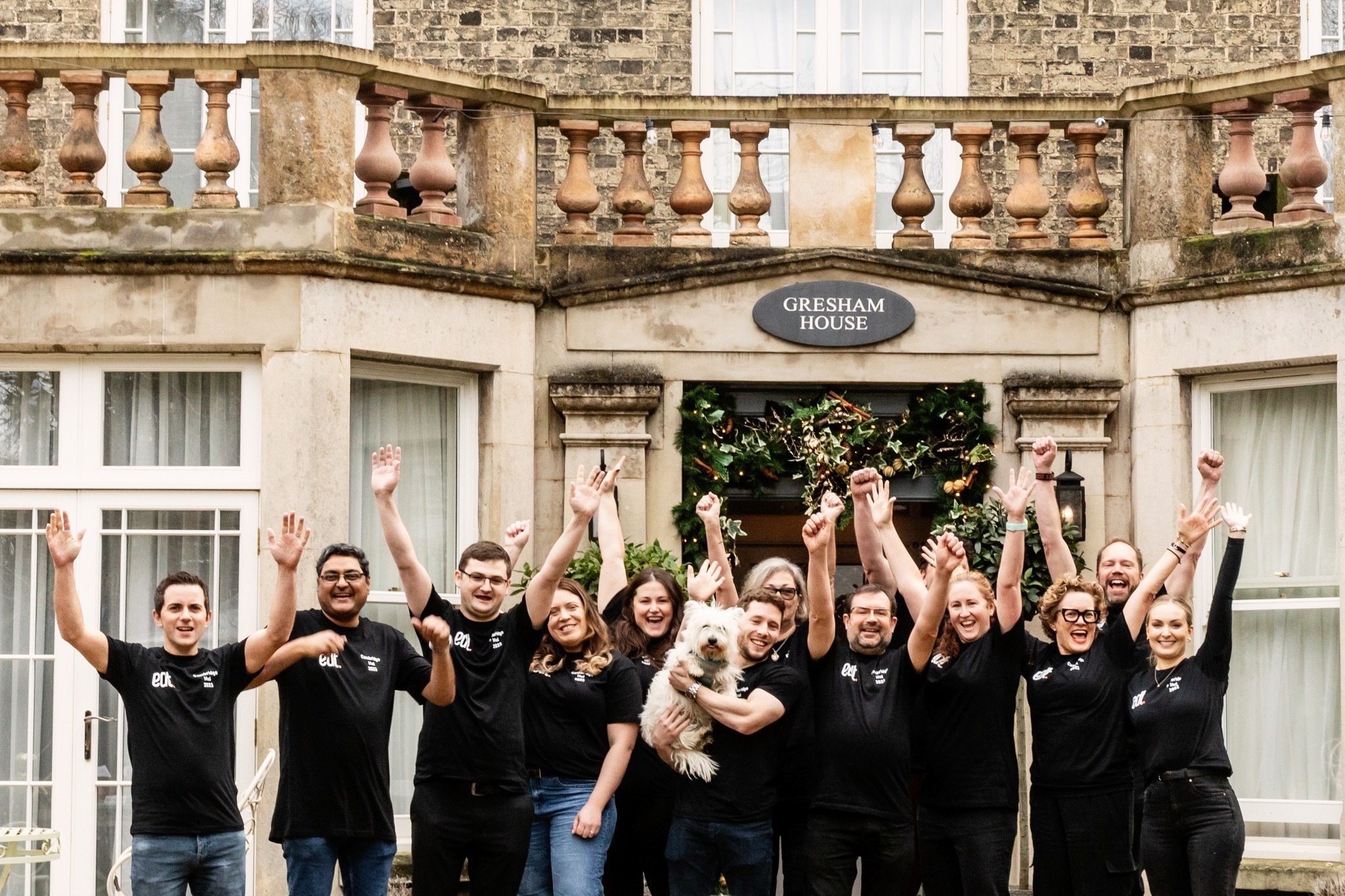In exciting news for our Australian team, EDT has successfully completed an IRAP security...
Why don’t software companies start with what you’re trying to achieve?
This week, 14 EDT team members from four countries (supported by two partners, one toddler and three dogs) got together in Cambridge, UK to map out the future of EDT’s technical content and training.
 Most software companies start with ‘What does this button do’ rather than ‘What are you trying to do?’ Photo by Anne Nygård
Most software companies start with ‘What does this button do’ rather than ‘What are you trying to do?’ Photo by Anne Nygård
Most software companies: what does this button do?
All software companies claim they’re client centric. But often, their documentation and training focus on forcing clients to understand the quirks of their terminologies, interfaces, and workflows. They’re usually organised around the software menu structure and explaining what each item on the menu does.
Software users typically aren’t interested in finding out how to arkle the flukem into the grommet before the umlaut of the first warble. They don’t understand why they need the Insert menu to adjust the headers and footers on a page but the Layout menu to change the page margins. They’re trying to do stuff like finding problematic files that are encrypted, corrupt, or in need of optical character recognition so they can extract the content of those files to make it searchable.
EDT: what are you trying to do?
At our Cambridge hui (the Māori word for gathering or assembly), we wanted to turn the traditional model on its head and start with a range of client objectives. We organised the objectives into themes such as importing, preparing, analysing, reviewing, exporting and presenting evidence – all steps in the process of conducting a regulatory or legal investigation.
Then we broke down these major themes into more detailed sub-themes and then into user stories. For example, a user might be trying to detect and suppress repeated use of text or company logos in email signatures to prevent them from showing up in search results and bloating a data set with irrelevant material.
Making your goals our organising principle
Feeding these client stories into our software development lifecycle and using them as the starting point for our product documentation and training will, we hope, make life a lot easier for EDT clients. It will also give our development and testing teams a much stronger understanding of the problems new software features are designed to address – how they help the people who use our software achieve their goals. And with any luck, it will help clients optimise their use of our technology by making those goals the organising principle of our technical and training content.
It was an exciting time for the team to get together in person – in many cases having to brush the dust and cobwebs off their passports – to find an innovative way to improve this vital part of our technology and service offering. Clients will start to see the results of this new approach flowing through to our software and training over the coming weeks and months.
 EDT team members in Cambridge, UK working to map out the future of our technical content and training.
EDT team members in Cambridge, UK working to map out the future of our technical content and training.





